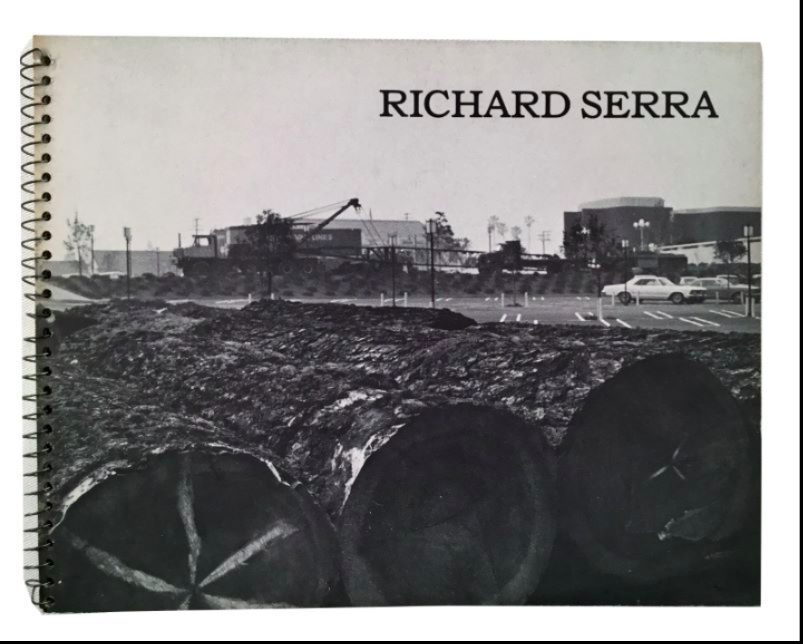Richard Serra, 1938-2024

Richard Serra, the California-born artist who created monumental structures of weathering steel arranged in ellipses, corridors, and spirals, died on March 26 at his home on eastern Long Island, New York. He was 85 years old.
Serra was born of immigrant parents in San Francisco, and took courses with Margaret Mead, Aldous Huxley, and Christopher Isherwood at UC Santa Barbara before traveling east in 1962 to study painting at Yale. After graduating he spent a year in Paris and then moved to New York, joining a group of young artists who were exploring the limits of materiality in artmaking in the partially abandoned warehouses of Lower Manhattan. In Paris Serra had spent hours studying Brancusi’s reconstructed studio, and once in New York he began investigating the basic properties of sculpture. He experimented with industrial materials like vulcanized rubber, latex, and fiberglass, subjecting large sheets to simple actions. He started to get traction with a series of “prop pieces,” in which he leaned thick rectangular slabs and rolled up poles of lead against one another. In 1968 he caused a sensation by staging a performative installation with molten lead thrown at the juncture of wall and floor as part of a group exhibition at a warehouse space operated by the Leo Castelli Gallery.
The following year John Coplans invited him to stage his first solo museum show, at the Pasadena Art Museum. And whereas the New York work to date had used manufactured materials in some way associated with the industrial Northeast, for California Serra decided to work with lumber. “Sawing: Base Plate Measure (12 Fir Trees)” was installed in January 1970, and remained in place until the beginning of March of that year. The work consisted of twelve red and white fir logs, each approximately four feet in diameter and 22 feet in length, sawn twice, in situ, to make two eight-foot and one six-foot segments. The resulting 36 pieces were laid down close together in three rows of twelve, with the central row raised ten inches on a concrete base. The entire configuration lay as a diagonal across a rounded, white-painted room, with the floor covered in sawdust from the cutting. Materials and process, presented with an existential weight, but with a California resonance.
The image above is the cover of the exhibition catalogue.